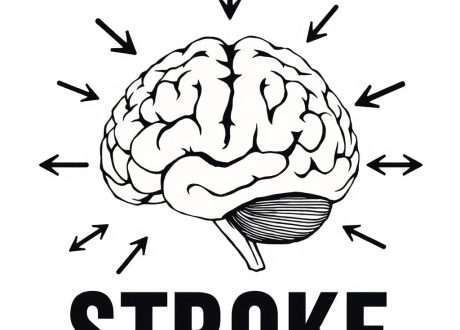April 16, 2024
Written by Michael Stocker
![]()
Kids frequently present with abnormal vital signs but seldom require prehospital life-saving interventions (LSI). Based on the occurrence of LSI, age-group vital sign ranges were adjusted to better identify critically ill kids. Abnormal respiratory status (RR, SpO2) was strongly associated with prehospital LSI.
The kids arenвАЩt alright
This retrospective cross-sectional analysis of the National Emergency Services Information System (NEMSIS) database sought to establish outcomes-based pediatric  vital sign ranges. After exclusions for age, missing data, and BLS response, 987,515 patients under 18 years-old encountered on scene by ALS or critical care response were included. The primary exposure was first recorded vital signs (HR, RR, SBP, SpO2) and the outcome of interest was LSI such as respiratory interventions (e.g. intubation), resuscitative procedures (e.g. CPR), and medication administration (e.g. norepinephrine). 42,609 (4.3%) encounters involved at least one LSI performed by EMS. Using age-based distribution models, vital signs were weighted by assigning z-scores. From these models, higher sensitivity and higher specificity ranges were generated with cut point analysis. In the higher specificity models, low RR (OR 5.83, 95%CI 5.55-6.13) and high RR (OR 2.97, 95%CI 2.87-3.08) were most associated with LSI, whereas in higher sensitivity models it was high RR (OR 2.13, 95%CI 2.06-2.20) and low SpO2 (OR 1.69, 95%CI 1.65-1.73). The high specificity ranges identify kids most likely to receive critical intervention, while high sensitivity ranges may help identify kids who can be transported by BLS or maybe not at all. Limitations include the use of occurrence of an intervention, as opposed to necessity, as the primary outcome.

How will this change my practice?
The ranges themselves are intriguing and potentially useful to hone EMS protocols. While my own practice is primarily in-hospital (~20% in a pediatric ED) abnormal RR will further raise my suspicion of badness in a potentially sick kid.
EditorвАЩs note: Alarming vital sign ranges by age are helpful but impractical to memorize in detail. These data can be used to train AI systems to give us early warning of possible deterioration in the prehospital setting, ED, and in-hospital.¬†~Clay Smith
Source
Establishing outcome-driven vital signs ranges for children in the prehospital setting. Acad Emerg Med. 2024 Mar;31(3):230-238. doi: 10.1111/acem.14837. Epub 2023 Nov 30. PMID: 37943118.










